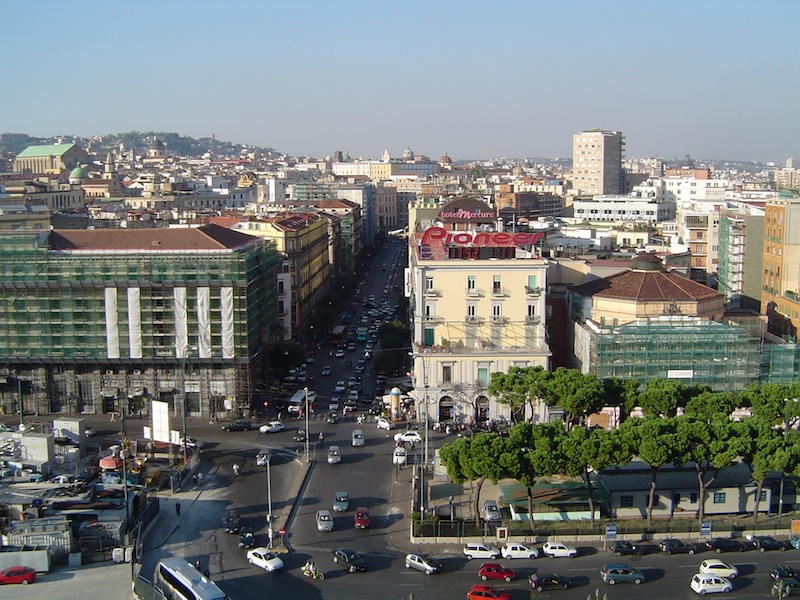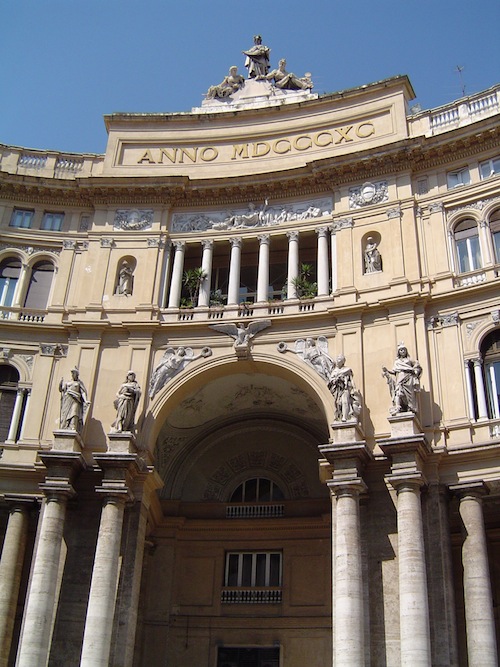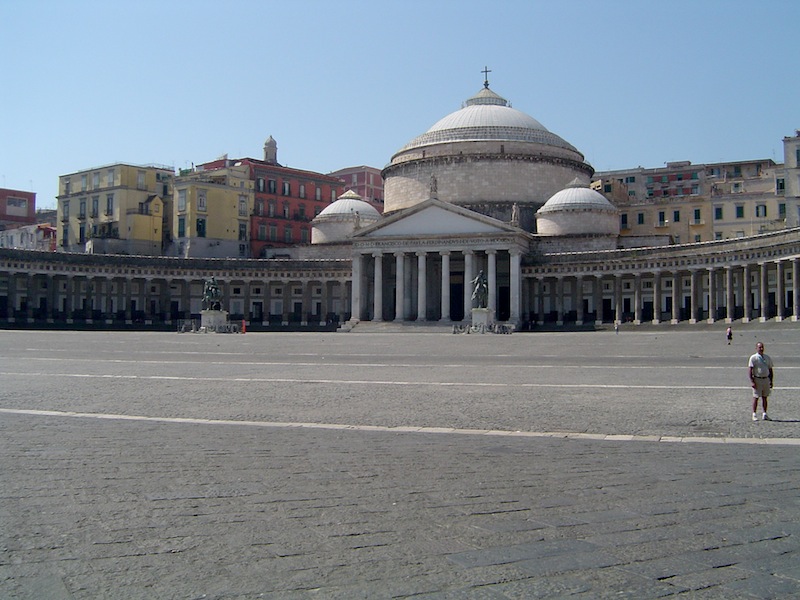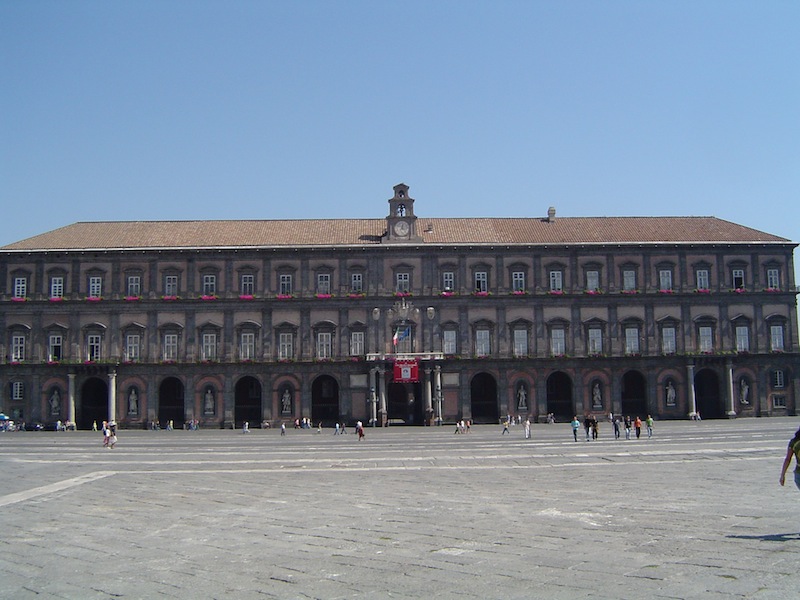Naples is the gateway to southern Italy but my first experience of it back at the turn of the millennium had been pretty negative. It was dirty, the roads were appalling, the driving worse and there was an undercurrent of menace to the place. In some respects, it felt more like a Third World city than part of modern Europe. Years later, with Graham in tow, I still found it challenging but warmed slowly to its charms.
That first visit to Naples was nothing more than a stop on the way home from a week holidaying with friends in the seaside town of Marina di Camerota in deepest Campania. We’d spent a few hours exploring Neapolitan streets and eating excellent pizza in the sunshine before catching our flight home.
Returning for a longer stay quite a few years later, Naples hadn’t changed that dramatically. Yes, money had been and was being spent (on better public transport for a start) but there was still that sense of chaos. Majestic in parts and scarred by poverty in others, the litter and pollution, graffiti and run-down buildings were still evident. If nothing else it proved that Italy’s north-south divide is not a myth. During our stay I never quite got used to the amount of crap everywhere. And there were some streets I had a look at and walked away from, blighted by dodgy traders and ruffians. Yes, noisy and dirty Naples wore the scars of civic corruption and mafia control very visibly on its sleeves.
Who would’ve thought that in the days of Republican and Imperial Rome, Naples was a glittering city and resort, the French Riviera of its day?
Still, Naples‘ city centre has been declared a UNESCO World Heritage Site. There are a fair number of attractions, although a lot of them show signs of wear and tear, and you can’t beat the view across to volcanic Vesuvius (unless it’s shrouded in mist, as it was for much of our stay).
The Piazza del Plebiscito is the main square in Naples, a vast open space and a major surprise amid the turmoil of the rest of the city. On one side is the grand frontage of the Royal Palace, a reminder of the time that Naples was capital of a sovereign state. We stood in the surprisingly empty square and looked for the statues of kings tucked into niches in the front of the building.
We toured the palace, which has one of the most impressive staircases I’ve ever seen, one that shouts power and wealth. There are sumptuous state apartments to explore, a celebrated private theatre and delightful grounds that make for a pleasant diversion from the busy streets. Nearby is the grand Galleria Umberto shopping mall, built in the late 19th century and topped by a glass dome. It was looking pretty worn and tatty during our visit, like much else in the city. Outside, we queued forever to get on a bus back to our hotel, as every one that came along was rammed to the rafters.
The next day we visited the monumental Castel Nuovo, a giant of a castle that dates as far back as the 12th century. But its interior doesn’t quite deliver on what the dramatic exterior promises. The National Archaeological Museum, however, has a breathtaking collection of exhibits from ancient Rome, including a large number lifted and rescued from the excavations at Pompeii and Herculaneum. It looked like money hadn’t been spent on the building in years but the collection is worth its weight in gold.
As anyone who’s been to the ill-fated town south of Naples will know, most of the best remains from Pompeii are no longer in situ but to understand this shattered town it’s important to explore the museum’s collection too. Only then can one begin to picture Pompeii in its glory days before the eruption.
The museum was open when we arrived for our visit, which isn’t always the case with Naples’ tourist attractions. We found a frustrating lack of discipline over opening times, with the guide books saying one thing but staff following a different set of rules entirely. The medieval Castel Sant’Elmo fortress should’ve been open when we arrived after a long and sweaty climb uphill, but it was closed and no-one seemed to know when or if it would unlock its doors again. It was typical of the relaxed attitude to life in the city…

One thing we never found disappointing was the food. This is the city where pizza was invented, apparently for the visit of King Umberto I and Queen Margherita in 1889, so we couldn’t visit Naples without having at least one. We also found some good bars in Piazza San Domenico Maggiore and Piazza Sannizarro, but our favourite hang-out of an evening was Piazza Bellini, a small square with some modest archaeological remains of the old city walls, plenty of greenery, a good choice of relaxed bars and lots of outside seating. It had a bit of a gay vibe about it.
During our stay we parked ourselves at the Starhotels Terminus near the main Naples train station in Piazza Garibaldi and while it was comfortable, the area itself was one of Naples’ less pleasant zones. It was handy for catching the train to nearby Pompeii and Sorrento but resembled a giant bus station more than a grand public space when we were there.
It was to Sorrento that we would travel to next. A very different place to Naples…




